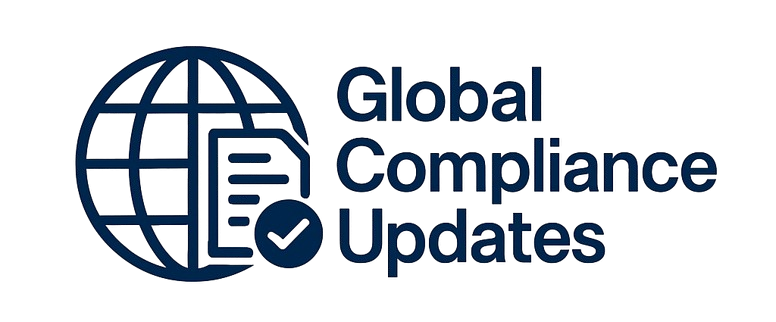The risks of a former employee filing a discrimination charge increase significantly after they are terminated involuntarily. It is hard to find information on how many discrimination charges are as a result of terminating employees (as opposed to hiring, discipline, or other reasons), but in my experience of 42 years in dealing with Human Resources issues, I would say that the percentage is more than 95 percent. Therefore, termination must be handled well. There are several steps that should be followed when having a termination discussion with an employee. Following the steps in this webinar will greatly minimize your risks of being charged with discrimination when you have to terminate an employee.
WHY SHOULD YOU ATTEND?
In this webinar, participants will learn how to document poor performance, conduct disciplinary discussions, and terminate employees safely in a way that will minimize the risks of the employee going to a governmental agency to get back at the employer.
AREA COVERED
- The importance of work standards and standards of behavior
- Steps to take when considering terminating an employee
- Things to avoid when telling an employee they are no longer employed
- Planning the termination discussion
- Things to have prepared for the terminated employee
- Writing a script for the discussion
- Communications with co-workers after the termination
- The importance of documentation
LEARNING OBJECTIVES
- Ensuring that the termination is not a "surprise"
- The best day and time to conduct a termination
- Allowing the employee to walk out with their head up
- Behaviors to avoid when terminating an employee
- How to communicate the change to co-workers?
- Planning for the termination discussion
WHO WILL BENEFIT?
- Human Resources professionals
- HR managers
- HR administrator
- HR staff
- Small Business owners
- Non-Profit administrators
- General managers
- Office managers
- Payroll professionals
In this webinar, participants will learn how to document poor performance, conduct disciplinary discussions, and terminate employees safely in a way that will minimize the risks of the employee going to a governmental agency to get back at the employer.
- The importance of work standards and standards of behavior
- Steps to take when considering terminating an employee
- Things to avoid when telling an employee they are no longer employed
- Planning the termination discussion
- Things to have prepared for the terminated employee
- Writing a script for the discussion
- Communications with co-workers after the termination
- The importance of documentation
- Ensuring that the termination is not a "surprise"
- The best day and time to conduct a termination
- Allowing the employee to walk out with their head up
- Behaviors to avoid when terminating an employee
- How to communicate the change to co-workers?
- Planning for the termination discussion
- Human Resources professionals
- HR managers
- HR administrator
- HR staff
- Small Business owners
- Non-Profit administrators
- General managers
- Office managers
- Payroll professionals
Speaker Profile
 Bob McKenzie
Bob McKenzie
Bob McKenzie brings over 40 years of extensive human resources management experience to the table. With a rich background spanning various industries in both the private sector, public sector, and nonprofit organizations, Bob has honed his expertise in all facets of HR practices.His insights and expertise have been recognized in numerous Human Resources trade publications, including HR.com, HR Magazine, HR Florida Review, Vault.com, BNA, the Institute of Management and Administration, and the Business Journals. As a sought-after speaker, Bob has graced several conferences and led engaging audio and web-based seminars.Bob holds a Bachelor of Science in Commerce Degree with double …
Upcoming Webinars

ChatGPT and Project Management: Leveraging AI for Project M…

Workplace Investigations 101: How to Conduct your Investiga…

Project Management for administrative professionals

The Monte Carlo Simulations in Excel for Risky Investments

Onboarding is NOT Orientation - How to Improve the New Empl…

Dealing With Difficult People: At Work & In Life

Transform Data into Insights: A Beginners Guide to Excel Pi…

Construction Lending And Real Credit Administration: Evalua…

Understanding Accounting for non - Accounting professionals

Harassment, Bullying, Gossip, Confrontational and Disruptiv…

New Form 1099 Reporting Requirements: 2025 Compliance Update

Human Error Reduction Techniques for Floor Supervisors

HR Metrics and Analytics 2025 - Update on Strategic Plannin…

Treating Employees Like Adults: Discipline versus Empowerme…

7 Ways To Beat Burnout: Without Quitting Your Job


How to Write Procedures to Avoid Human Errors

Handbook Overhaul 2026: Compliance, OBBB Act & Beyond

FDA Proposes Framework to Advance Credibility of AI Models

Ethical Terminations: Navigating Employee Exits with Legal …

Understanding EBITDA – Definition, Formula & Calculation

Project Management for Non-Project Managers - Scheduling yo…

4-Hour Virtual Seminar on Hidden Secrets of Selling & Marke…

Validation Statistics for Non-Statisticians

Data Integrity and Privacy: Compliance with 21 CFR Part 11,…


The Alphabet Soup: When the FMLA, ADA, COBRA, and Workers' …

Talent Management: How to Leverage AI and ChatGPT Tools for…


Offboarding with Care: Conducting Legal & Ethical Employee …

2-Hour Virtual Seminar on How to Conduct an Internal Harass…

Payments Fraud Detect & Prevent Check, ACH and P-Card Schem…

Managing Toxic & Other Employees Who have Attitude Issues



Reduce Stress in the Workplace: Effective Ways to Handle Co…





Excel - Pivot Tables - The Key To Modern Data Analysis and …
